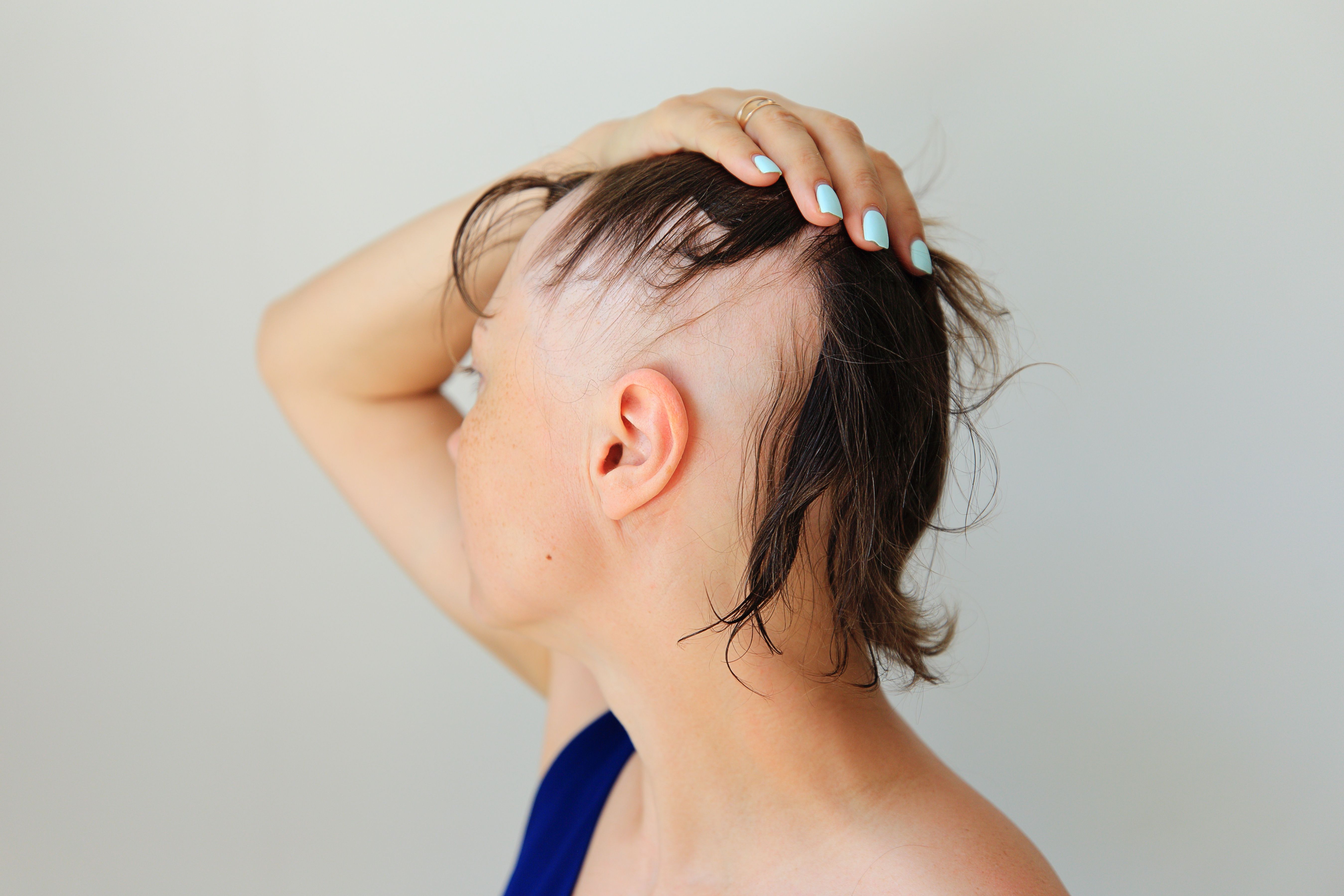- General Dermatology
- Eczema
- Alopecia
- Aesthetics
- Vitiligo
- COVID-19
- Actinic Keratosis
- Precision Medicine and Biologics
- Rare Disease
- Wound Care
- Rosacea
- Psoriasis
- Psoriatic Arthritis
- Atopic Dermatitis
- Melasma
- NP and PA
- Skin Cancer
- Hidradenitis Suppurativa
- Drug Watch
- Pigmentary Disorders
- Acne
- Pediatric Dermatology
- Practice Management
Experts Review Key Factors in Alopecia Areata Severity and Morbidity Index, Treatment Decisions
Factors including disease duration, treatment response, and mental health were listed as crucial factors in severity and treatment.
A survey study observed disease duration, relapse history, response to treatment, disease progression, cosmetic camouflaging, body hair involvement, impaired quality of life (QOL), and history of mental illness to identify potential components for a multidimensional tool measuring alopecia areata (AA) severity known as the Alopecia Areata Severity and Morbidity Index (ASAMI).
Commonly utilized assessments of AA severity, like the Severity of Alopecia Tool (SALT), have primarily emphasized scalp hair loss, neglecting nonscalp hair loss and the psychological aspects of the condition. Recently, there has been a shift towards multidimensional evaluation tools such as the Alopecia Areata Severity Scale, aiming to encompass various patient- and illness-related dimensions of AA.
The eDelphi survey design is a process that allows a sense of empowerment among expert participants to anonymously communicate online and asynchronously on their own schedule. Rounds 1 and 2 of the survey were distributed electronically using Welphi, an online platform, while round 3 was led through a Zoom video conference meeting with the questionnaire. Disease surface area, disease activity, disease visibility, and psychosocial morbidity were of the 4 main categories identified throughout the survey.
A panel of 74 experts participated in the study, with completion rates of 86.5%, 78.4%, and 56.8% for each round, respectively. The participants represented diverse regions, including Africa (4.7%), Asia (9.4%), Australia (14.1%), Europe (43.8%), North America (23.4%), and South America (4.7%).
Consensus was achieved on a total of 96 out of 107 questions (round 1: n = 54/104; round 2: n = 21/46; round 3: n = 21/27).
Experts agreed AA severity increased with longer episodes (> 12 months) and relapse history (≥ 3 relapses) in patients with a low SALT score (LSS). Consensus on disease duration determined to not rely on this as the only factor that dictates treatment. Patients with rapidly progressive AA regardless of duration were eligible, but episodes must last at least 6 months. While relapse history is important, it was agreed that treatment should not solely depend on a specific relapse count.
Participants in need of 2 or more topical or intralesional treatments before moving to systemic therapies, due to insufficient response, defined severe AA. This consensus highlighted how necessary personalized treatment based on prior response is.
Patients identified rapid progression, diffuse hair pull test positivity, and ophiasis pattern as indicators of disease severity. Trichoscopic features weren't seen as crucial for starting systemic therapy but rapid onset, positive pull test, and ophiasis pattern were deemed sufficient. Difficulties in camouflaging AA patches also influenced treatment decisions. All parties generally agreed on these experiences and needs.
Experts agreed eyebrow, eyelash, and nail involvement should be included in assessing AA severity. For eyebrow and eyelash loss, involvement increases AA severity in patients with LSS. Involvement causing functional or occupational impairment justifies starting systemic therapy, regardless of cultural or religious significance of beard hair loss.
The experts also agreed that the Dermatology Life Quality Index (DLQI) wasn't an accurate QOL measure, but scores in patients with LSS of more than 10 with a history of mental illness caused by or exacerbated by AA was considered applicable for treatment.
Despite varying SALT scores, all groups agreed that third-party funding should support Janus kinase (JAK) inhibitors for patients with a responsive comorbidity. They also concurred on the need for shared decision-making on treatment initiation and specific JAK inhibitor selection.
Multiple areas lacked consensus with 46 questions in round 1, 25 in round 2, and 6 in round 3. Treatment for eyelash and bilateral eyebrow involvement, and third-party funding for JAK inhibitors in specific cases, lacked agreement.
Study limitations included significant disagreements among experts, the potential for the eDelphi design to lack evidence-based grounding on expert opinions, logistical challenges impacting expert participation, and the absence of patient or public perspectives.
The lack of a clear consensus in some areas underscores the importance of tailoring prescription practices to specific classes of systemic medications, as each class can elicit unique responses in patients. The research concluded, “Connected, harmonized patient registries will be useful moving forward for assessing treatment safety, efficacy, and quality of life outcomes.”
Reference
Moussa A, Bennett M, Wall D, et al. The alopecia areata severity and morbidity index (ASAMI) study: results from a global expert consensus exercise on determinants of alopecia areata severity. JAMA Dermatol. Published online February 07, 2024. doi:10.1001/jamadermatol.2023.5869
[This article was originally published by our sister publication, American Journal of Managed Care.]

